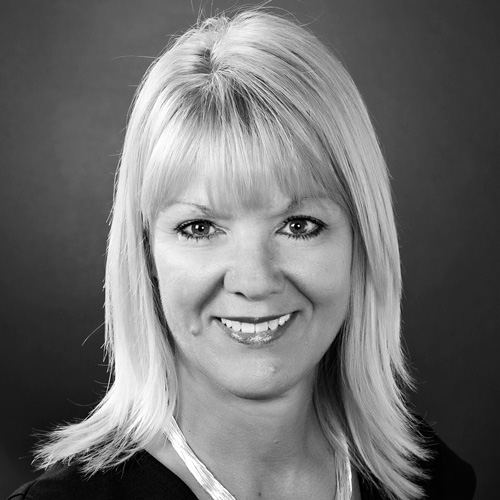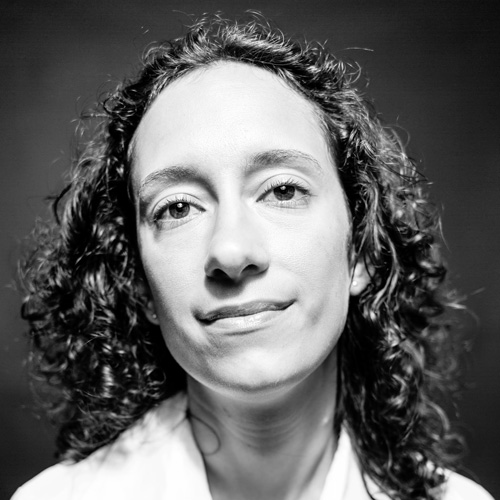When Shannon Greene was hired as an assistant controller at Tandy Leather Factory, she had one major goal: if she ever had the chance, she would rid her company of all its debt. In 1997, when Greene started her seventeen-year tenure at the leather and leatherwork supplier and teaching company, her company was in what she calls “a bit of slump.” And worse, its lender had just backed out, leaving Tandy Leather Factory scrambling to find another lender willing to take on debt under a very strict time frame.

“Bankers love you when things are going well,” Greene says. “They’re a little harder to find when you’re coming to them with your hat in your hand and asking them to loan you money when you haven’t performed well.”
As the newly hired assistant controller, Greene wasn’t directly involved in the frantic search for a new lender. Yet she says doing the “grunt work” made her intimately familiar with the company’s financial statements—a “horrific” debt-to-cash ratio and an altogether lopsided balance sheet. It was hard to ignore the tension between members of upper management during this time, she adds.
“I remember thinking at that point that if I ever had the opportunity to be involved in the decision-making process, my goal would be for the company to significantly reduce, if not eliminate, the debt, and never be in a situation again where we had to beg lenders to loan us money,” Greene says. “It’s a very humbling position, a very stressful one, and not one that I would have enjoyed.”
Tandy Leather Factory did find a new lender by the deadline, and Greene did have the opportunity to accomplish her goal in 2005. In her eighth year at the company, Greene spearheaded a mission that eliminated all of Tandy Leather Factory’s debt by leading the charge in a monumental acquisition.
“I’d like to say it was all me, but frankly that’s not the way it works,” Greene says. “The most significant thing we ever accomplished as a company was the acquisition of Tandy Leather Company in 2000.”
Tandy Leather Factory, as it currently exists, is the result of an acquisition that merged two existing Tandy companies: The Leather Factory and Tandy Leather Company.
The significant deal echoed the history of Greene’s company, way back when it was a small mom-and-pop shop started by Charles Tandy. Tandy was a US Navy veteran who saw how important leather was, both as a supply in military hospitals and on the bases during World War II. When he returned home from the war, he opened up a shop dedicated to marketing leather craft to the general public. Tandy’s first leather-craft store opened in 1950.
“Fast forward to 2000, when we acquired Tandy Leather Company,” Green says. “Even though we added to our debt to complete that transaction, it was the cash generated through those stores that gave us the opportunity to pay off our debt.” In 2000, the company had approximately $6 million of debt on the balance sheet. Five years later, the debt balance was zero.
Now, Greene says Tandy Leather Factory is no longer at the mercy of bankers—no matter how it performs—though the company is performing quite well. Greene was promoted to chief financial officer in 2000, and she now has the flexibility to expand and grow her company without the worry of looking over her shoulder at lenders who might back out.
Though Tandy Leather Factory has about $85 million in revenue, Greene says it functions more like a smaller company. Greene has her hands in several different departments such as accounting and finance, human resources, risk management, and legal.She also oversees employee benefits, including the company’s 401(k) and health plans.
“Even though we added to our debt to complete that transaction, it was the cash generated through those stores that gave us the opportunity to pay off our debt.”
This means that she has to communicate with people from many different areas of the business.“I never want it to be, ‘Oh god, here comes the accountant,’” she jokes.
As chief financial officer, Greene is directly involved with planning strategy for the future. And to Tandy Leather Factory, that means international expansion—a direct result of being debt-free.
Tandy Leather Factory has one store in the United Kingdom, Australia, and Spain. But Greene sees the company expanding into countries like Belgium, France, Italy, and more. Greene’s job isn’t just to sit behind a desk, but to get closer to the customers in these countries by traveling and visiting each of her stores and potential store sites. Before a new store location can be selected, she must give her opinion from her perspective as CFO.
From there, Greene heads up all of the banking, compliance, and legal issues with opening up a new Tandy Leather Factory store in a new location. But, Greene says she is pretty much willing to do anything for her job. “There’s nothing in my staff’s job that’s ‘beneath me,’” she says. Greene is willing to do everything from helping out with the monthly financial statements to emptying the trash bins or fetching coffee.
Her passion for the job comes from her sophomore year of high school, when she took her first accounting class. She knew from then on that she wanted a job in finance. “I never considered doing anything else,” Greene says. She got a “buzz” from the work she was doing—tax returns, audits, and other accounting duties.
“I’m a true accountant,” Greene says. “Accounting is my first love; I’m kind of a dork that way.” But it’s this passion for the job that has pushed her toward success, not just in her own career, but also for the future of Tandy Leather Factory.
